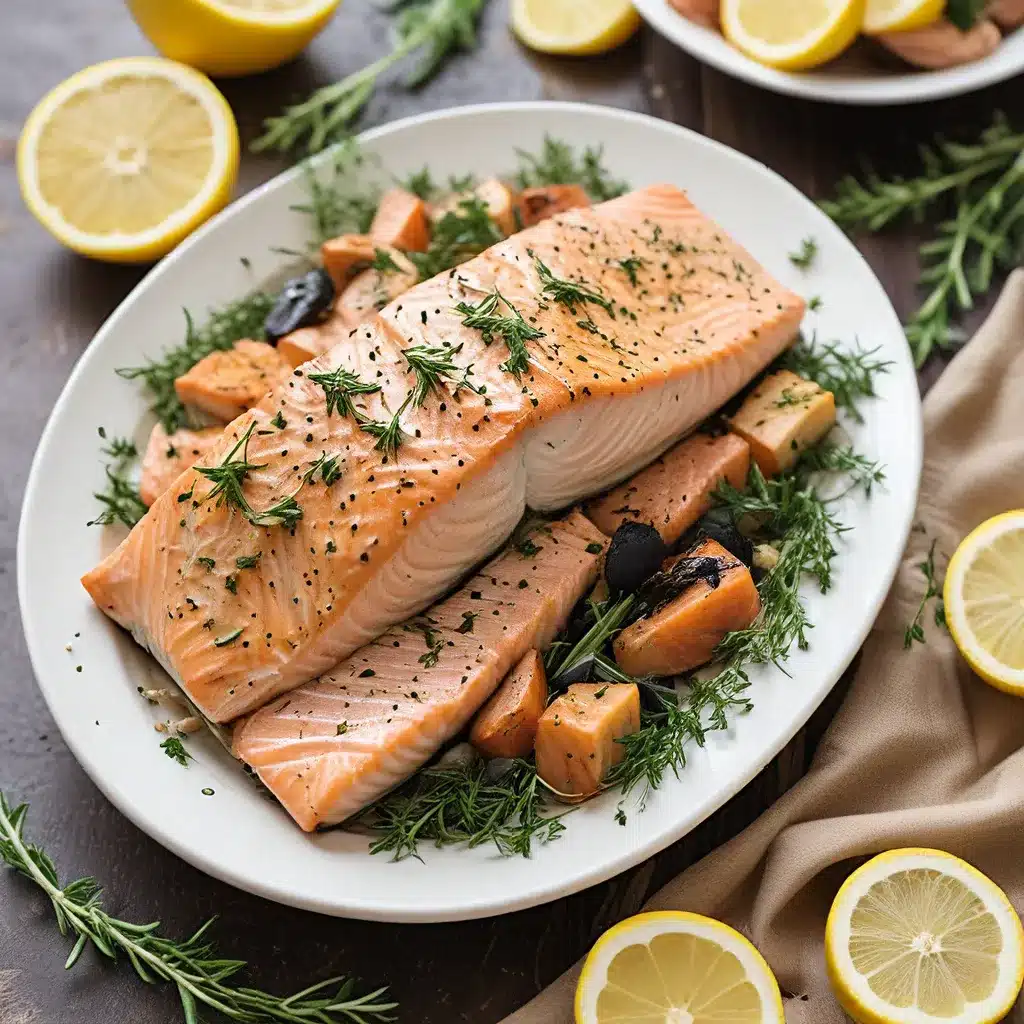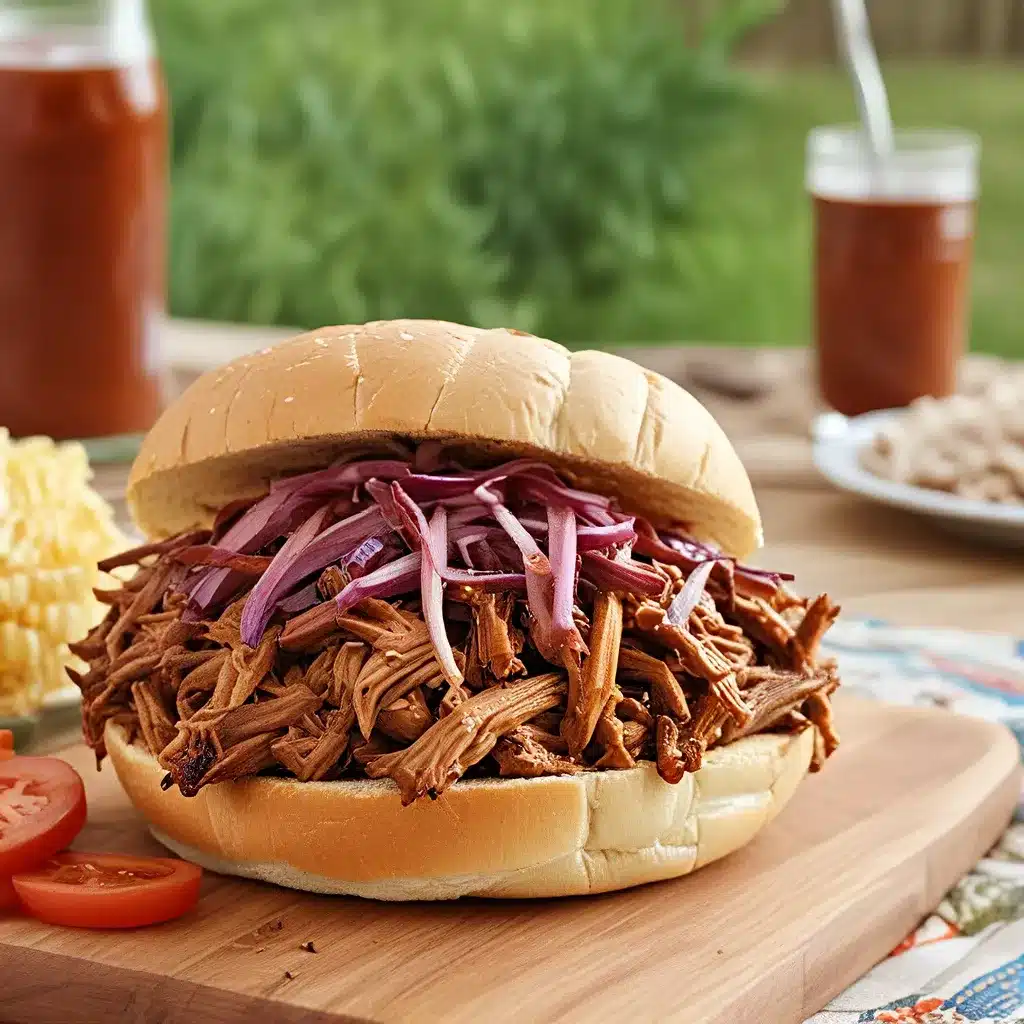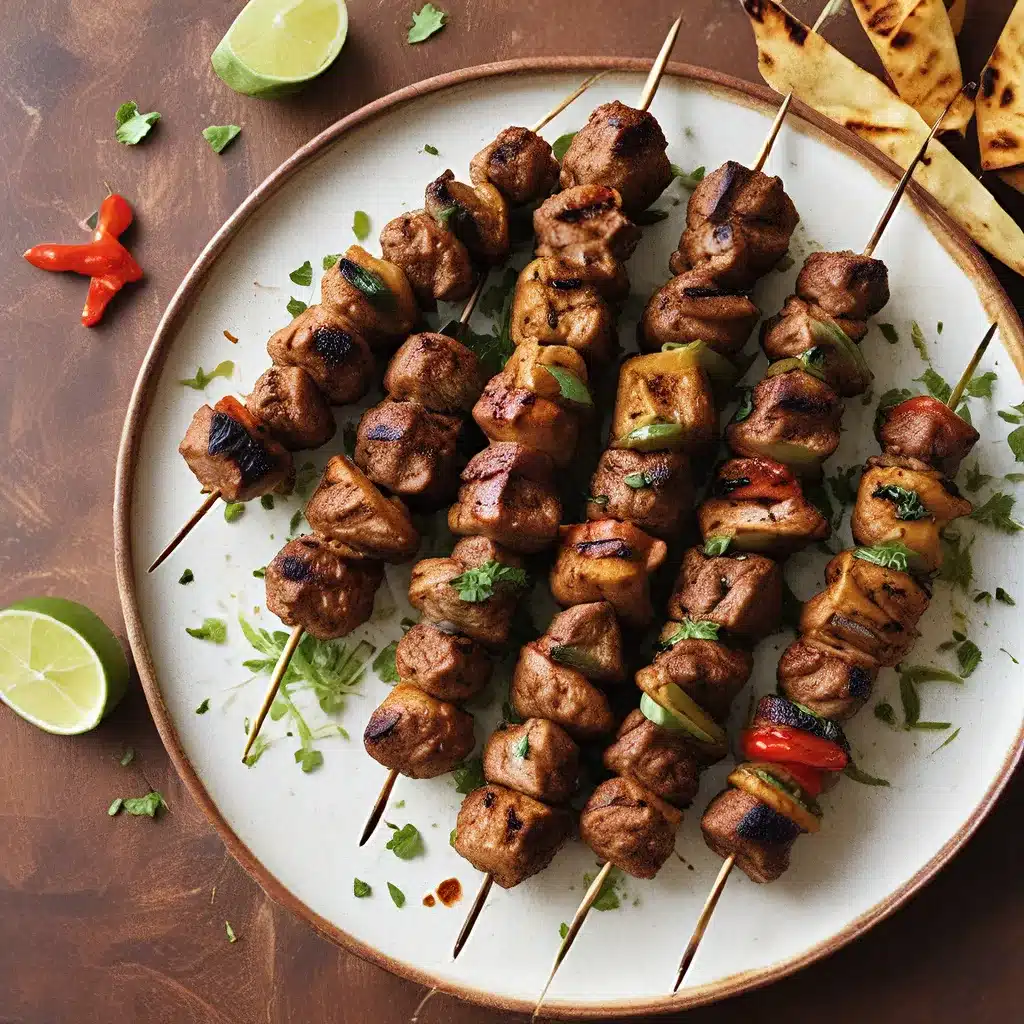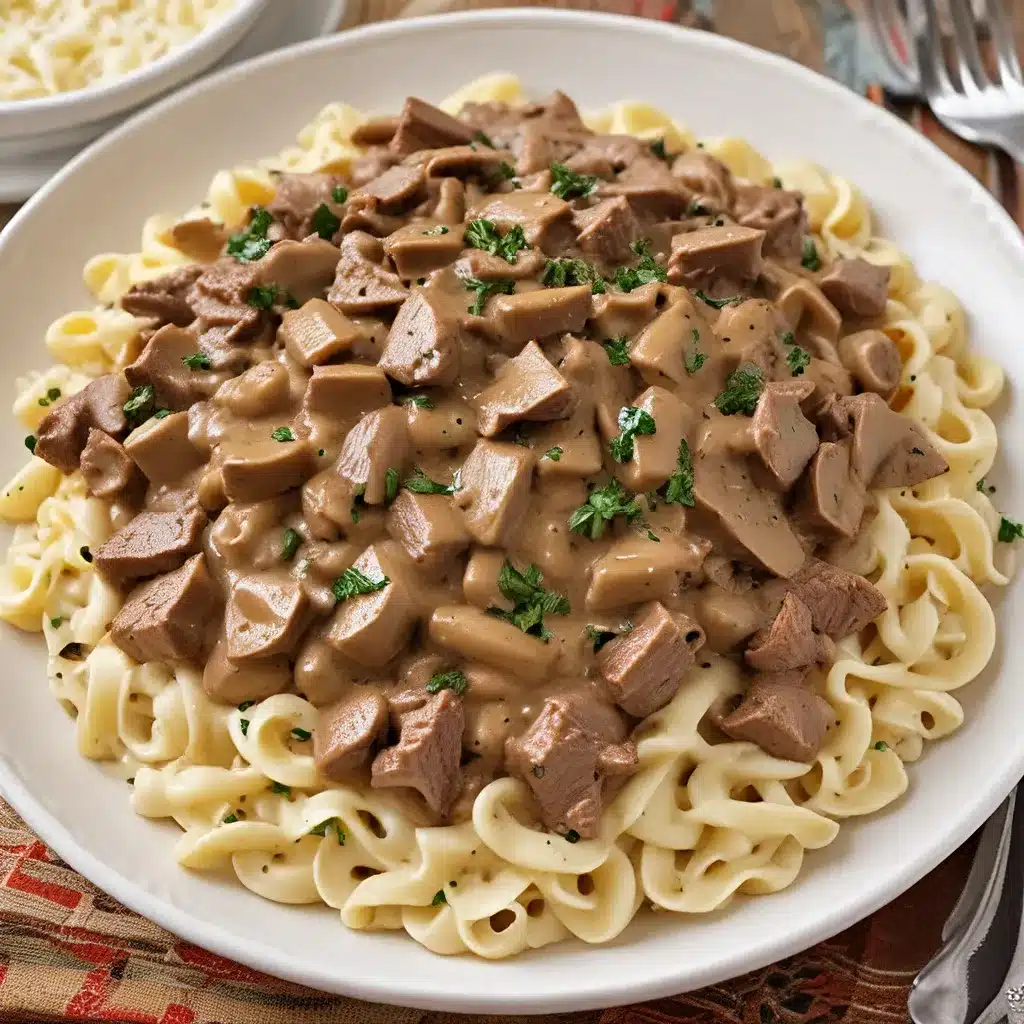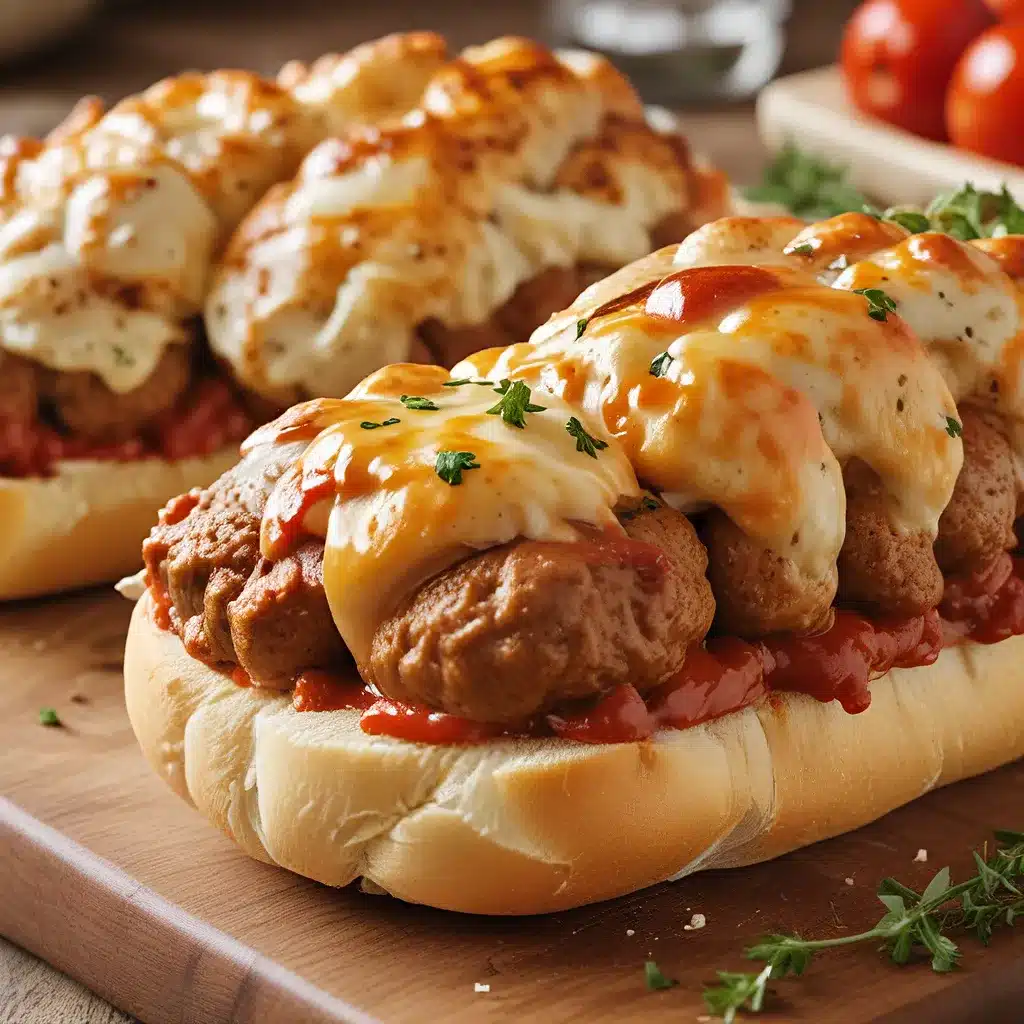
The Importance of Knife Skills
As a home cook, one of the most fundamental skills you can develop is mastering the art of using a knife. Proper knife skills not only make food preparation faster and more efficient, but they also enhance the overall quality and presentation of your dishes. Whether you’re dicing onions, slicing tomatoes, or mincing herbs, having the right techniques can truly elevate your home-cooked meals.
I remember the first time I tried to chop an onion without proper technique. It was a disaster! Tears were streaming down my face, and the slices were uneven and ragged. But with a little practice and the right guidance, I was able to transform my knife skills, and it’s made a world of difference in the kitchen.
Knife Basics: Choosing the Right Tool
Before we dive into the specific techniques, let’s start with the basics of knife selection. Not all knives are created equal, and it’s important to choose the right one for the task at hand. A chef’s knife, for example, is a versatile all-purpose tool that can handle a wide range of cutting tasks, from chopping vegetables to slicing meat. A paring knife, on the other hand, is smaller and more maneuverable, making it ideal for delicate work like peeling and trimming.
When selecting a knife, it’s also crucial to consider the weight and balance. A knife that’s too heavy or unwieldy can be challenging to control, while a knife that’s too light may not have the necessary heft for certain tasks. The blade material is another important factor – stainless steel is a popular choice for its durability and ease of maintenance, while high-carbon steel can offer a sharper edge but may require more care.
Homecooking Rocks has a great selection of quality knives to suit all your culinary needs. It’s worth investing in a few good-quality tools that will last you for years to come.
Mastering the Basic Cuts
Now, let’s dive into the fundamental knife cuts that every home cook should master. These include:
The Dice
The dice is a classic square or rectangular cut, often used for onions, carrots, and other firm vegetables. To achieve a perfect dice, start by cutting the ingredient into thin slices, then stack the slices and cut them crosswise into thin strips. Finally, turn the strips and cut them perpendicularly to create the desired cubes.
The Julienne
The julienne is a long, thin strip cut, perfect for creating matchstick-like pieces of vegetables. Begin by slicing the ingredient into thin, even slices, then stack the slices and cut them lengthwise into thin strips.
The Mince
Mincing is the art of finely chopping ingredients, often used for herbs, garlic, and other aromatic ingredients. To mince, simply rock the knife back and forth while applying downward pressure to create a fine, uniform chop.
The Chiffonade
The chiffonade is a delicate, ribbon-like cut that’s perfect for leafy greens like basil or mint. Stack the leaves, roll them tightly, and then slice across the roll to create thin, elegant strips.
This video from a renowned chef provides an excellent visual demonstration of these basic knife cuts. I highly recommend giving it a watch to really solidify the techniques.
Proper Knife Grip and Technique
Proper knife grip and technique are crucial for ensuring safe and efficient cutting. The pinch grip, where you place your thumb and forefinger on either side of the blade, is the most stable and controlled way to hold a knife. This allows you to maintain precision and control while cutting.
When it comes to the cutting motion, it’s all about using a rocking or slicing motion, rather than a chopping motion. This helps to create clean, even cuts and reduces the risk of injury. Keep your non-cutting hand curled under, with your fingertips tucked away from the blade, to protect them from accidental slips.
Practice, practice, practice! The more you use your knives, the more comfortable and confident you’ll become. Start with simple tasks like peeling and slicing, and gradually work your way up to more complex cuts. Sekkin offers a 30-day trial and free US returns, so you can experiment with different knives and find the ones that work best for you.
Safety First: Proper Knife Care and Handling
Of course, no discussion of knife skills would be complete without addressing safety. Proper knife care and handling are essential for preventing accidents and ensuring a positive cooking experience.
Always keep your knives sharp. Dull knives are more likely to slip and cause injury. Regularly sharpen your blades using a whetstone or electric sharpener. When storing your knives, use a knife block or magnetic strip to keep them securely in place and out of harm’s way.
This video offers great tips on how to safely handle and maintain your knives.
Remember, slow and steady is the key to safe knife work. Take your time, focus on your movements, and always keep your eyes on the blade. With practice and the right techniques, you’ll be slicing, dicing, and mincing like a pro in no time!
So, are you ready to take your home cooking to the next level? Mastering knife skills is the first step towards becoming a more confident and versatile home chef. Dive in, have fun, and let me know if you have any other questions along the way!

